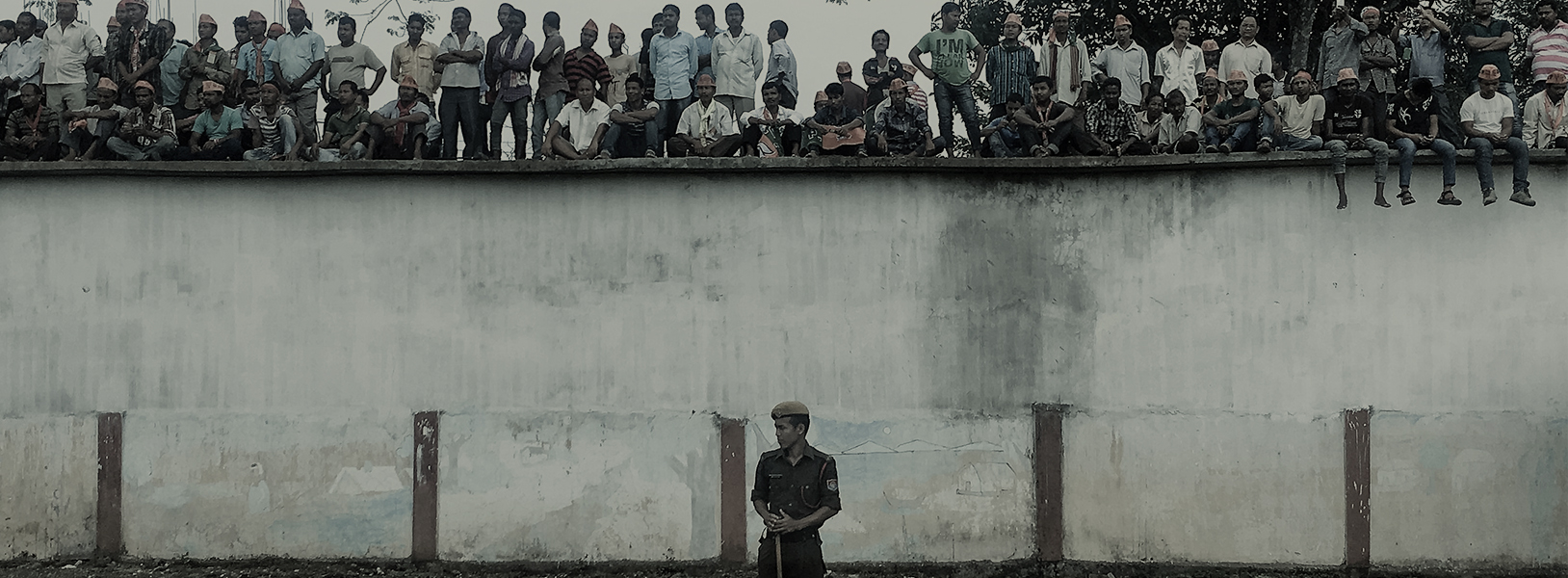Implications of the Bengal and Assam election results

IN CONVERSATION WITH NEELANJAN SIRCAR, BHANU JOSHI AND ASHISH RANJAN
ELECTION STUDIES POLITICS
CPR researchers Neelanjan Sircar, Bhanu Joshi, and Ashish Ranjan did extensive field work in Assam and Bengal during the elections, and shared their insights on Upper Assam and Barak Valley; the Muslim vote in Assam; and on the Poriborton (change) brought about by Mamata Banerjee in Bengal.
Drawing on their field experience over the past couple of months, they share below their thoughts on the big wins for the BJP in Assam and the TMC in Bengal.
What are your thoughts on the TMC and Mamata Banerjee’s landslide victory in Bengal?
Neelanjan: The Left-Congress Alliance has been left in a very bad shape, and they will have to re-assess everything. To begin with they need to find a state level neta (leader) who resonates with the people, and identify a major gap that the TMC is not addressing. The problem was they had no real campaign issue this time. Interestingly, the Congress won many more seats than the Left, which has officially reduced the Left to the third party, despite it having a larger vote share.
Bhanu: In the absence of a political script for the Left-Congress Alliance, what we saw clearly was that rural Bengal was backing Mamata, and the Left had completely lost the rural connect. They will have to introspect and seriously think about how to rebuild this connect.
What this victory means for Mamata Banerjee is that she will have a strengthened position in the Rajya Sabha, and can negotiate more effectively with the Centre to mend the flagging finances of Bengal.
Ashish: Mamata Banerjee will also have to focus on the creation of new jobs, which is a huge demand, or things will be difficult in Bengal, going forward.
Neelanajan: Mamata’s ground-level control is crucial to her ability to deliver on promises, like roads. At the same, this same control has yielded a significant amount of fear and violence. This was evident during the election season. There is a real concern about this spinning out of control. It is an open question whether she can control it or not, but she must be wary of the possibility of the situation going awry, as it did for the Left.
Ashish: Due to her style of operating, which runs on her charismatic authority, Mamata Banerjee does not have an organisational structure, unlike the Left. If she cannot restrict goons in her party, either the cadre will rebel or leave the party. This would make things very difficult for her in 2021.
Thank you for those insights on what TMC’s victory means for Bengal. What are your thoughts on the BJP’s victory in Assam?
Bhanu: Assam is a very complex state, but the way it has voted decisively goes to show that the binaries we create to understand the political contexts no longer hold. The theory of vote-bank politics does not work, Muslims are no longer a vote-bank. Out of the 49 constituencies in districts with more than 50% Muslim population, 15 have voted for the BJP, and the rest are divided among the other parties. There is some complexity in the methodology but could we have thought five years ago that BJP would be ruling two states—Jammu and Kashmir and Assam—with the highest Muslim population? No.
Today, people are voting for development, and the BJP ran a much better campaign on the ground in Assam, focused on developmental issues. This shows that when political parties plan elections, they need to be very prepared because they are reaching out to a very sophisticated voter.
Ashish: Now that the BJP has come to power, it will be interesting to see how they manage the Bangladeshi Muslim migrant issue, which they have been ideologically opposed to.
Neelanjan: We have looked at three Eastern states so far, Bihar, Assam, and Bengal, and it is clear that the defining narrative has been of development—of a certain sort. Development that is extremely visible, tangible, and this has brought a new dimension back into politics. It indicates a certain kind of accountability that the voter now demands of the party in power, and this is a very positive trend, not just for the states, but for India as a whole.


